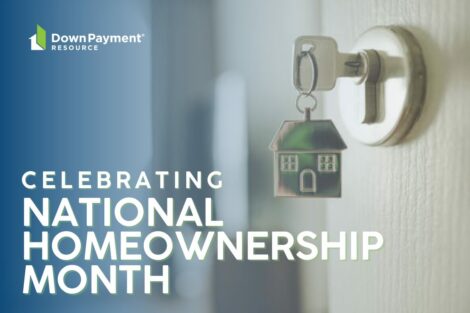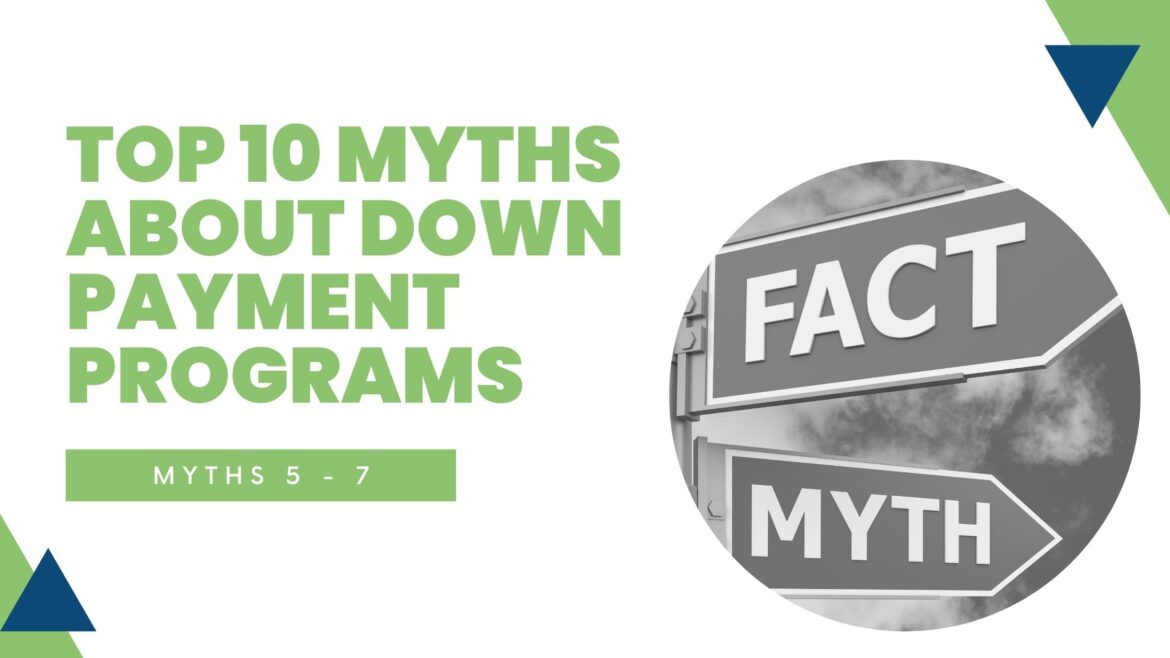
Homeownership May Be Closer Than You Think

Can you qualify to buy a home now? Many renters have the income and credit qualifications to buy a home, and simply need to overcome the down payment hurdle. Too often, long held myths about homebuyer programs can hold you back.
We’re here to debunk three more surprisingly common myths about down payment assistance.
(Don’t miss our first installment where we debunked Myths #1 – 4!)
Don’t let preconceived ideas about programs throw you off. Down payment programs aren’t just for narrowly defined homebuyers and “targeted” neighborhoods of very inexpensive homes. In fact, homes in any neighborhood may be eligible with sales price limits typically ranging from $200,000 to over $900,000 in high-cost markets.
Some homebuyer programs have income limits of up to 120 percent of the area’s median income (AMI) and higher, which can amount to well over six-figure incomes in countless markets across the country. In addition, some may offer tiered assistance dollars at varying income levels so higher incomes might yield lower assistance amounts, but higher income isn’t an automatic disqualifier. Income limits are almost always based on household size, so limits for a family of five are significantly higher than for a single person.
While down payment assistance programs are most commonly used with FHA loans, it doesn’t mean other loan products are off the table. Many down payment assistance programs are also compatible with VA, USDA and conventional loans.
How do you know which loan is the best fit? It really comes down to purchase price and assistance amount. For example, if you have $5,000 in down payment assistance on a $150,000 house, that’s just under FHA’s down payment requirement of 3.5 percent, so you would need to come up with a little extra to complete the down payment requirement.
However, if you have $10,000 in assistance on the same $150,000 house that brings you to more than 6 percent down. This may open the doors for conventional financing, helping you reduce your mortgage insurance and fees.
It’s true that some of these programs may take a little longer than a typical loan to underwrite, approve, reserve funds, and deliver closing documents. However, the closing timeline must be measured from the date the full down payment assistance application is submitted, not when the opportunity is first discovered. That’s where one misconception lies.
Do yourself a favor and research these programs early. By completing homebuyer education courses and other requirements upfront, you are shaving off that time. Bottom line: you’re trading a little extra legwork to gain immediate equity and retain some of your savings.
Housing agencies who provide these programs should be considered partners and subject matter experts. Ask your agent or lender to keep you informed during the process so you meet your timeline expectations.
Be on the lookout for our next post, where we’ll debunk three more myths to round out the top 10!
For more useful home buying tips, be sure to subscribe to our mailing list.
